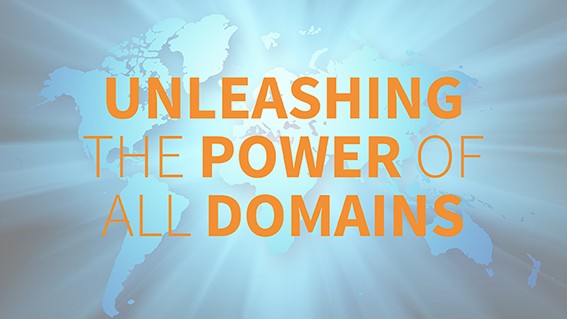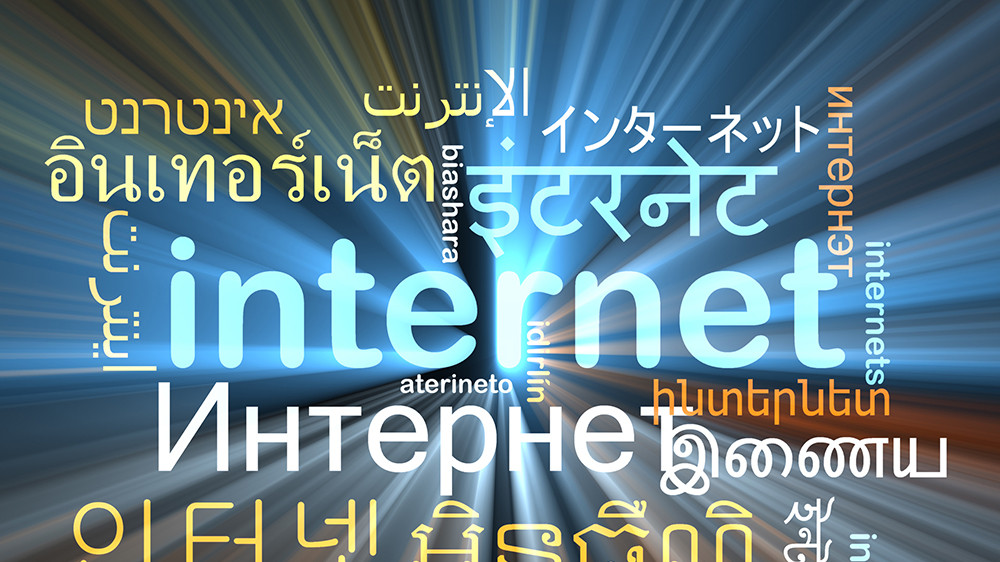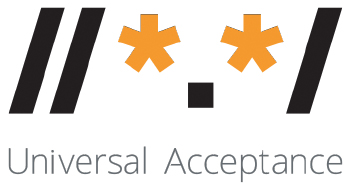Email Address Internationalization - Communicating with Billions
John Levine from the Universal Acceptance Steering Group at ICANN speaks to Julia Janssen-Holldiek (CSA) about the potential of internationalized email addresses to communicate with billions.

© ComicSans | istockphoto.com
Watch the 5-minute video here or on Youtube, or read the transcript below.
Transcript
JULIA JANSSEN-HOLLDIEK: John, can you give us the basics of email address internationalization?
JOHN LEVINE: Sure. For 30 years we’ve had email where people can use ASCII addresses with unaccented letters, and for 10 or 15 years we’ve had mail where people can put their own language in the body of the message and even in the subject line. And what EAI does is, it fills in that last gap, so the email address itself can have letters in your own language – whether it be Russian, or Chinese, or Hindi, or any of the other languages that people speak.
JANSSEN-HOLLDIEK: So any of the other languages: Assuming I’m Russian and I’m using the Cyrillic alphabet, and I would like to subscribe to a newsletter. What will happen in the background?
LEVINE: It won’t be very different from the way that things are now. What it mostly means is that the provider of that newsletter has to be prepared for EAI, and has to realize that email addresses that used to be just ASCII can now contain all sorts of other characters. So when a person enters the address, he needs to make sure that the web form or whatever it is allows them to enter in Cyrillic and not just ASCII. And then when they validate it, they need to be able to check: This is a Cyrillic address. We know how to handle that. We can store it in the database. And then, once they’ve done that, then the processing beyond that is pretty much the same as it would be for a conventional mail.
JANSSEN-HOLLDIEK: And assuming they have not done that. What will I see as a Russian user?
LEVINE: Oh, you’ll see some sort of error message. You’ll see an error message and you’ll say, well this newsletter is not for me.
JANSSEN-HOLLDIEK: And how many people already use international email addresses? And what’s the potential?
LEVINE: Well, there’s sort of two different questions. One is how many people currently have Cyrillic or Hindi addresses. And another question is how many people can write to them and receive mail from them. The number of people who actually have addresses in Thai and Hindi and stuff at this point is pretty low, because the technology is just getting mature this year. And you know, there are certainly thousands and maybe tens of thousands, but it’s not a huge number. However, the number of people who can “send to” and “receive from” – for example everybody who has an address at Gmail or any of the domains hosted by Gmail – they can receive mail from and send to EAI addresses, and everybody at Hotmail and Outlook and some large systems in China. So you know, there’s literally billions of people who can send to and receive from. So the potential is huge. You know, just as more people get EAI mail addresses, more people will be able to correspond with them.
JANSSEN-HOLLDIEK: OK, so that’s the advantages. What threats and challenges are related to email address internationalization?
LEVINE: Well, I’ll start with the challenges. The main challenge is, it requires people to change their email software that already works. Now for a lot of people that will already happen – I mean, many of the large major mail software programs that people use both to receive mail and to send mail already have EAI available. So, like the open source program Exim. All you have to do is change your configuration and they can send and receive EAI mail. And for some of the commercial mail sending programs, it’s the same thing – it’s just a parameter change. So at that level, it is something to learn about email and to learn about internationalized email and make sure that you have it set up to handle it properly.
The challenge more is just as you have to do a certain amount of work to keep your database cleaned, both to make sure you don’t have duplicates, to make sure that people don’t put in mail addresses intended to offend people – you’ll have to do a little more of that. And it’s a little harder with the EAI. For example, if your address has an A with an accent on it, it turns out there’s two ways to write that, and you need to make sure that you treat them the same. It’s not super hard, but it’s just more work to be done. And there’s also some more stuff with domain names. It’s possible to use domain names with mixed character sets – like mixed Arabic and Chinese – which makes no sense, so you need to make sure not to allow that.
JANSSEN-HOLLDIEK: But I mean, as we speak, there are more and more Internet users. So do you think the topic will be getting even more important in the future?
LEVINE: Oh absolutely. I mean two countries I know about now. One is in India, where everybody has an Aadhaar identification card. Rajasthan, one of the larger states in India, is busy giving all of their Aadhaar users email addresses in Hindi so that the government can communicate with them. And, of course, now that they have Hindi addresses they can communicate with each other. And if you have an EAI mail system you can communicate with them too. And I also was at a meeting last month talking to some women from Thailand, talking about what the Thai government is doing. And they said sort of the same thing. There’s a lot of people in Thailand who can read and write Thai, but they can’t read and write English, which is totally different from Thai. So if they have Thai addresses they can write to each other, and again if you can handle Thai addresses you can write to them too.
JANSSEN-HOLLDIEK: OK. Sounds very interesting. Thank you very much for the insights John.
LEVINE: Glad to be here.
John Levine has over 20 years of experience in email and Internet technnology and security. He is the President of CAUCE, the Coalition Against Unsolicited Email, a trustee of the Internet Society, a member of the ICANN Stability and Security Advisory Committee, and an UA Ambassador. A few years back he wrote the popular “Internet for Dummies”.
Read more from him on his blog: https://jl.ly
Please note: The opinions expressed in Industry Insights published by dotmagazine are the author’s own and do not reflect the view of the publisher, eco – Association of the Internet Industry.





